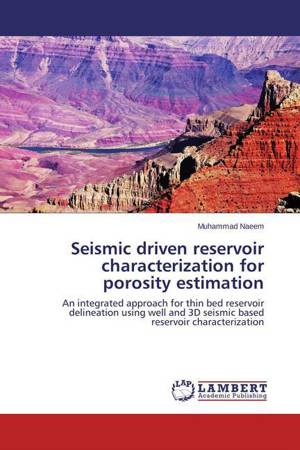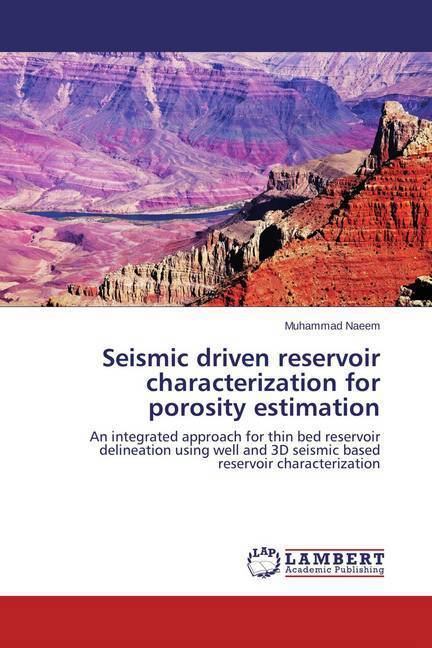
- Afhalen na 1 uur in een winkel met voorraad
- Gratis thuislevering in België vanaf € 30
- Ruim aanbod met 7 miljoen producten
- Afhalen na 1 uur in een winkel met voorraad
- Gratis thuislevering in België vanaf € 30
- Ruim aanbod met 7 miljoen producten
Zoeken
Seismic driven reservoir characterization for porosity estimation
An integrated approach for thin bed reservoir delineation using well and 3D seismic based reservoir characterization
Muhammad Naeem
Paperback | Engels
€ 54,45
+ 108 punten
Omschrijving
In the present research, 3D post-stack seismic dataset was evaluated along with 38 wells from Boonsville Field, Fort Worth Basin, Texas, USA. Fluvio-deltaic deposit of Bend Conglomerate from Pennsylvanian age was the main target reservoir of this study. Single and multi-attribute analysis has been done on selected data using a multi linear regression transforms to derive the porosity maps at the Runaway and Vineyard Formations. Total of six seismic attributes namely, seismic amplitude, integrated trace, amplitude envelope, instantaneous phase, instantaneous frequency, and acoustic impedance (AI) are used in current study. A slice of 10ms was obtained for each attribute and are used to derive the porosity distribution maps. Porosity of the selected horizons was measured using the single & multi-attributes. The cross-validation analysis of predicted and actual porosity at well locations indicated that multi-attribute transforms produced the porosity map with 90% accuracy whereas; a single AI attribute produced only 70% prediction. This study indicates that multi-attribute transformation is more accurate and can be used for accurate porosity estimation away from well control.
Specificaties
Betrokkenen
- Auteur(s):
- Uitgeverij:
Inhoud
- Aantal bladzijden:
- 108
- Taal:
- Engels
Eigenschappen
- Productcode (EAN):
- 9783659491801
- Uitvoering:
- Paperback
- Afmetingen:
- 150 mm x 220 mm

Alleen bij Standaard Boekhandel
+ 108 punten op je klantenkaart van Standaard Boekhandel
Beoordelingen
We publiceren alleen reviews die voldoen aan de voorwaarden voor reviews. Bekijk onze voorwaarden voor reviews.











